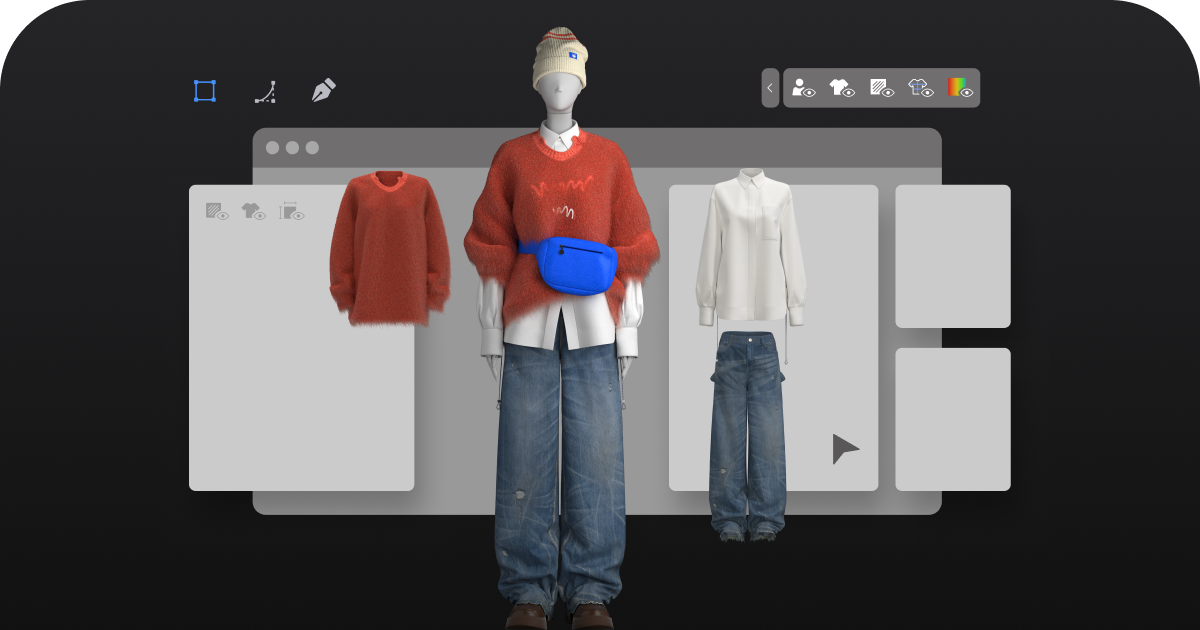
# Fashion Design Software: Tools for Creative Professionals
## Introduction to Fashion Design Software
Fashion design software has revolutionized the way designers create, visualize, and produce their collections. These powerful tools enable professionals to bring their creative visions to life with precision and efficiency. From sketching initial concepts to creating technical specifications for production, modern fashion design software offers comprehensive solutions for every stage of the design process.
## Key Features of Fashion Design Software
Contemporary fashion design programs offer an impressive array of features that cater to various aspects of the design workflow:
- Digital sketching and illustration tools
- Pattern making and grading capabilities
- 3D garment visualization
- Fabric simulation and draping
- Color palette creation and management
- Technical drawing and specification sheets
- Collection planning and organization
## Popular Fashion Design Software Options
1. Adobe Illustrator
While not exclusively for fashion, Illustrator remains a favorite for creating flat sketches and technical drawings with its precise vector tools.
2. CLO 3D
This innovative software specializes in 3D garment simulation, allowing designers to visualize how fabrics will drape and move on virtual models.
3. Browzwear VStitcher
A professional-grade solution for 3D apparel design that integrates with traditional pattern making processes.
4. Optitex
Keyword: fashion designing software
Comprehensive pattern making software that includes 3D capabilities for realistic garment visualization.
5. Lectra Modaris
Specialized software for pattern making, grading, and marker making used by many large fashion houses.
## Benefits of Using Fashion Design Software
Implementing fashion design software in your workflow offers numerous advantages:
- Increased efficiency and faster turnaround times
- Reduced material waste through digital prototyping
- Improved accuracy in pattern making and grading
- Enhanced collaboration with team members and manufacturers
- Ability to experiment with designs without physical samples
- Better visualization for clients and buyers
## Choosing the Right Software for Your Needs
When selecting fashion design software, consider these factors:
- Your specific design focus (apparel, accessories, footwear, etc.)
- Technical skill level and learning curve
- Integration with other tools in your workflow
- Budget and licensing options
- Hardware requirements
- Industry-standard compatibility
## The Future of Fashion Design Technology
As technology advances, fashion design software continues to evolve with exciting developments:
- AI-assisted design suggestions and pattern generation
- Virtual and augmented reality applications
- More realistic fabric simulation physics
- Cloud-based collaboration platforms
- Sustainable design analysis tools
Fashion design software has become an indispensable tool for modern designers, offering unprecedented creative freedom while streamlining production processes. By selecting the right combination of tools and mastering their capabilities, designers can significantly enhance their productivity and creative expression in today’s competitive fashion industry.